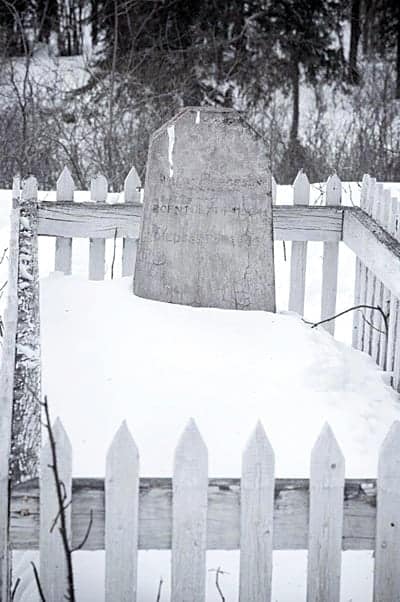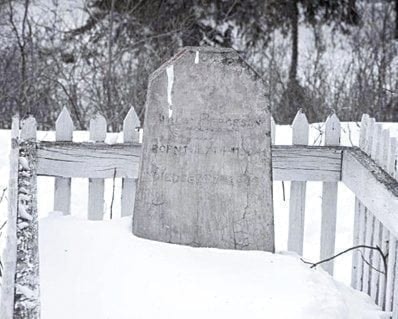Some might hesitate to swim in Man Drowned Himself Lake, close to 60 kilometres north of Deline, or walk along Old Lady’s Ghost Creek across from Wrigley’s new town at midnight in October when the evenings grow longer.

Not everyone knows the stories behind the traditional names of places around the NWT, but those who ask around can often still find an elder who knows them. Often, these names represent pieces of the history of the peoples who live nearby, and have been passed down orally for hundreds of years.
Deline’s Morris Neyelle says he heard the story behind Man Drowned Himself Lake, a few kilometres east of Lost Hill Lake, from an elder.
“He said it’s a very old story,” says Neyelle.
“What I heard was, there were two brothers that had went across that lake even though their boat wasn’t in good condition,” says Neyelle. “It was a birch bark canoe.
“They were cursed with medicine power. On their way back, even though they really didn’t have to cross the lake, they crossed it and that’s where (the boat) collapsed on them and they both drowned. They were probably from around this area, somewhere.”
Neyelle says he hasn’t been to the lake himself, but people often use it for their traplines, and it has good fishing.
Wrigley elder Gabe Hardisty says Old Lady’s Ghost Creek was given its name close to 90 years ago. Among other creeks with more simple names – Mountain People, Wrigley, Smith’s, Hudson – this one stands out.
“I think it’s a burial, sacred site,” he said, where an old lady had been buried at the time.
But, it wasn’t a spooky incident that gave the site its name.
“They buried her there,” said Hardisty. “They didn’t know what to call that creek so they just named it after her, I guess—Old Lady’s Ghost Creek.”
